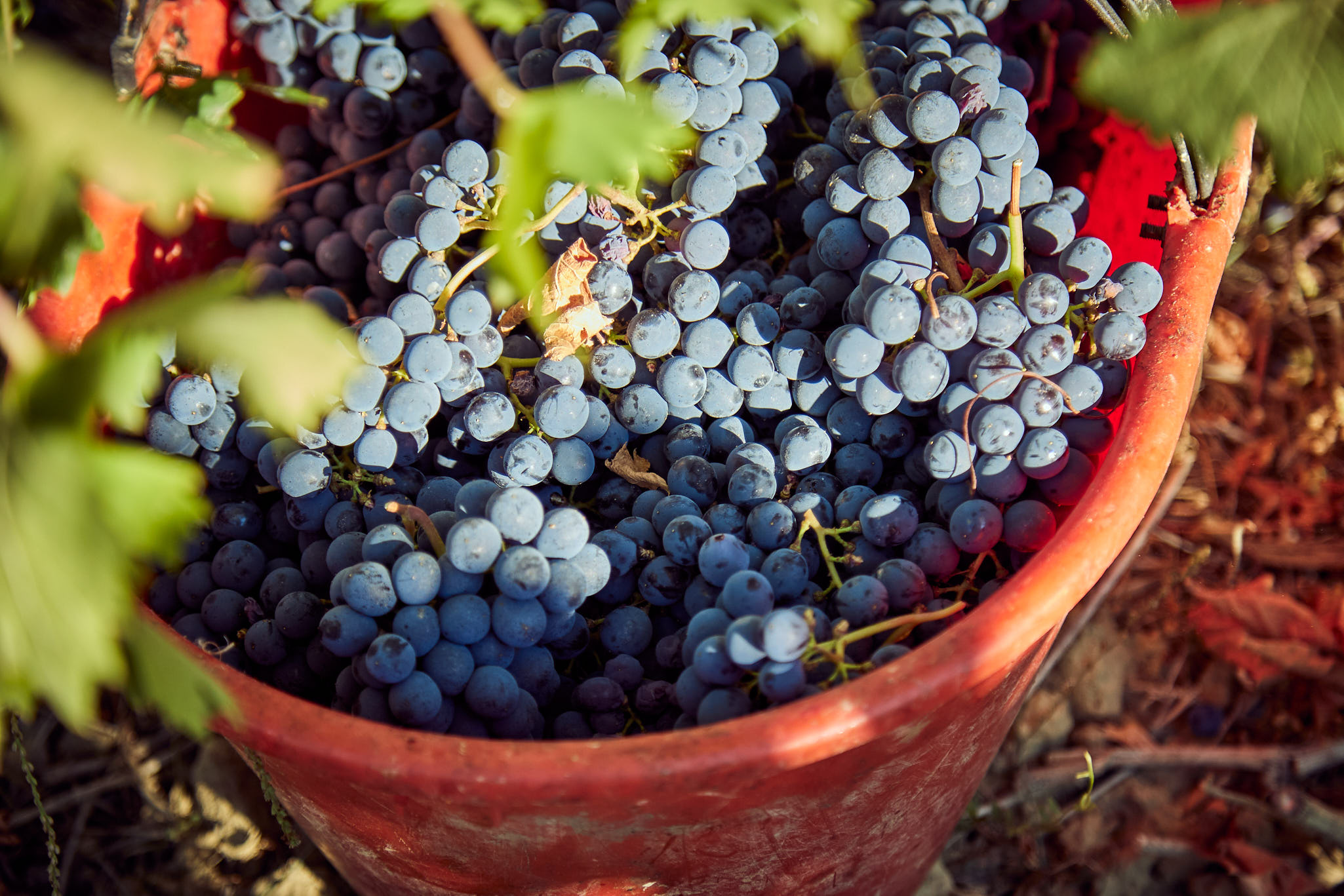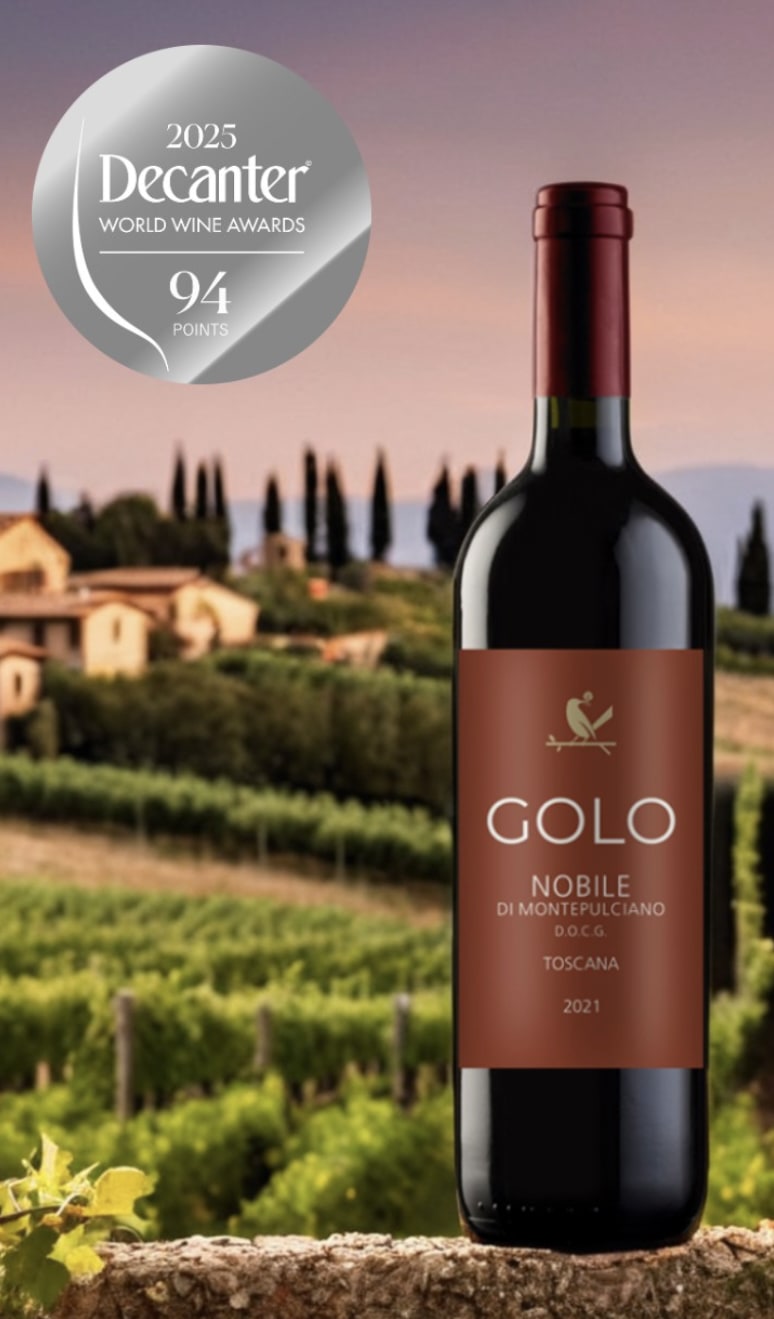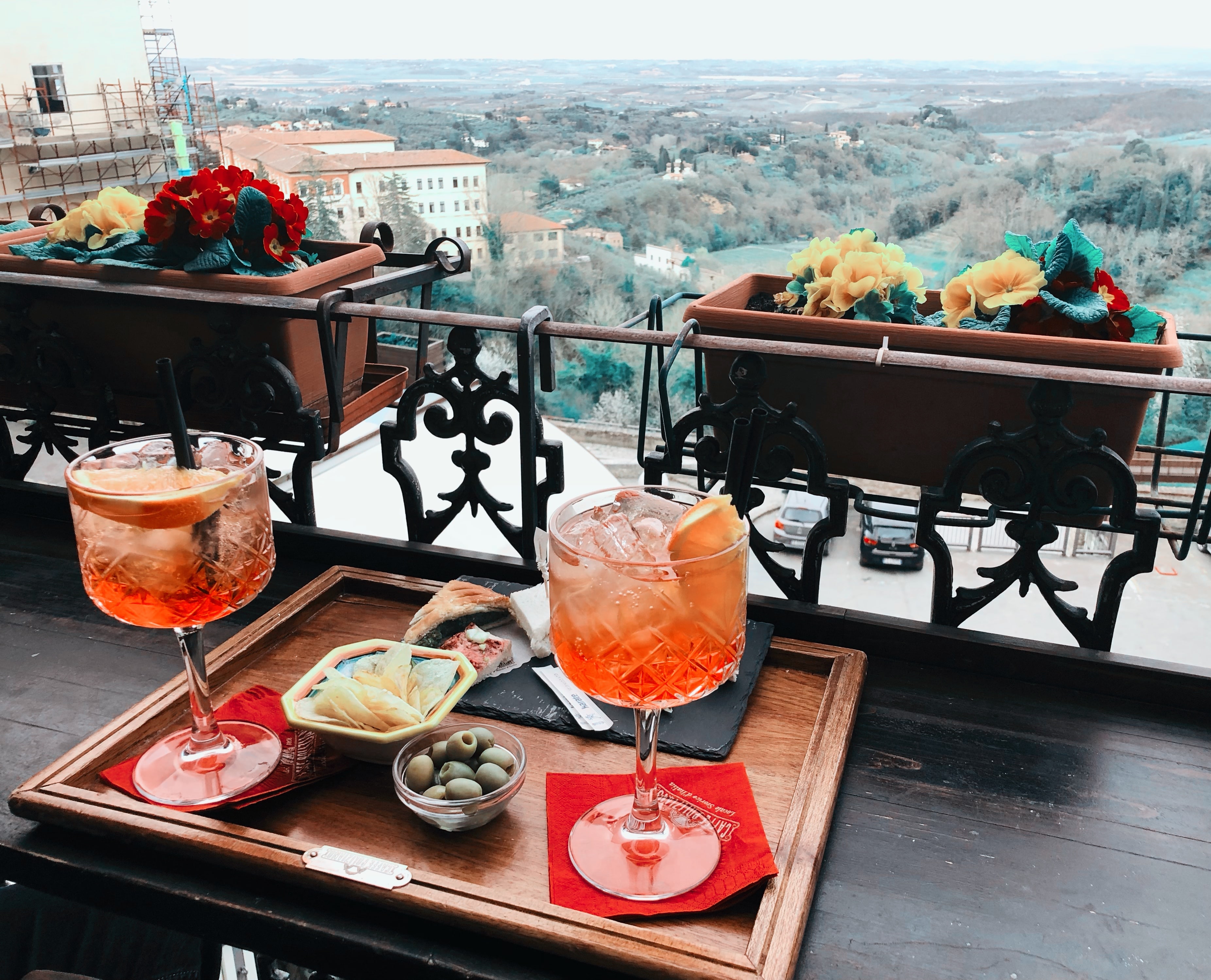Cheese and Wine Tasting Guide: Savor Pairings in 2025
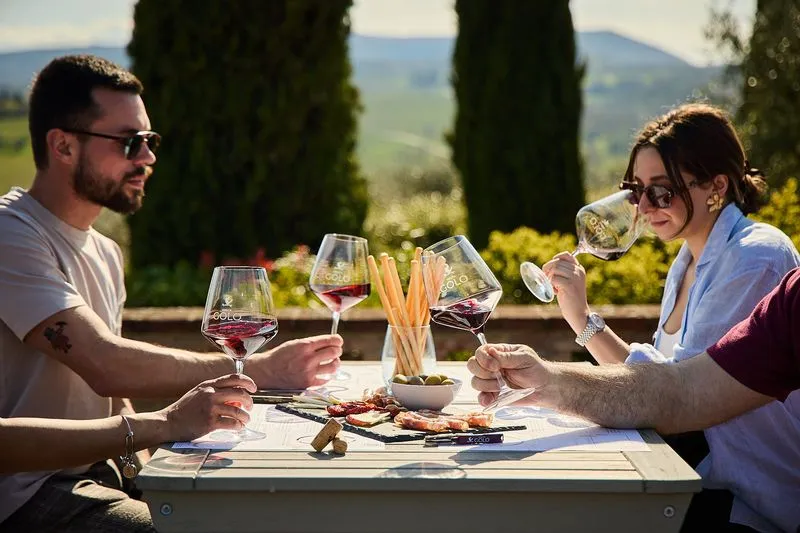
Picture yourself savoring a creamy bite of cheese, followed by a sip of perfectly paired wine. The flavors mingle, creating a moment of pure delight that lingers on the palate.
Cheese and wine tasting offers a timeless pleasure, yet in 2025, new trends and creative pairings are transforming this classic experience. Whether you are a seasoned connoisseur or just beginning your journey, discovering the art of pairing can unlock unforgettable flavors.
This guide will demystify cheese and wine tasting, offering expert tips and the latest insights for hosting memorable events. Ready to elevate your next gathering? Read on to explore essential pairing principles, trending combinations, and step-by-step advice for your next tasting adventure.
The Art and Science of Cheese and Wine Pairing
Imagine a table set with an array of cheeses and glasses of wine, each waiting to unlock new dimensions of flavor. The magic of cheese and wine tasting lies in the harmony created when distinct profiles merge, offering more than the sum of their parts. Understanding the art and science behind this experience can transform any gathering into a memorable event.
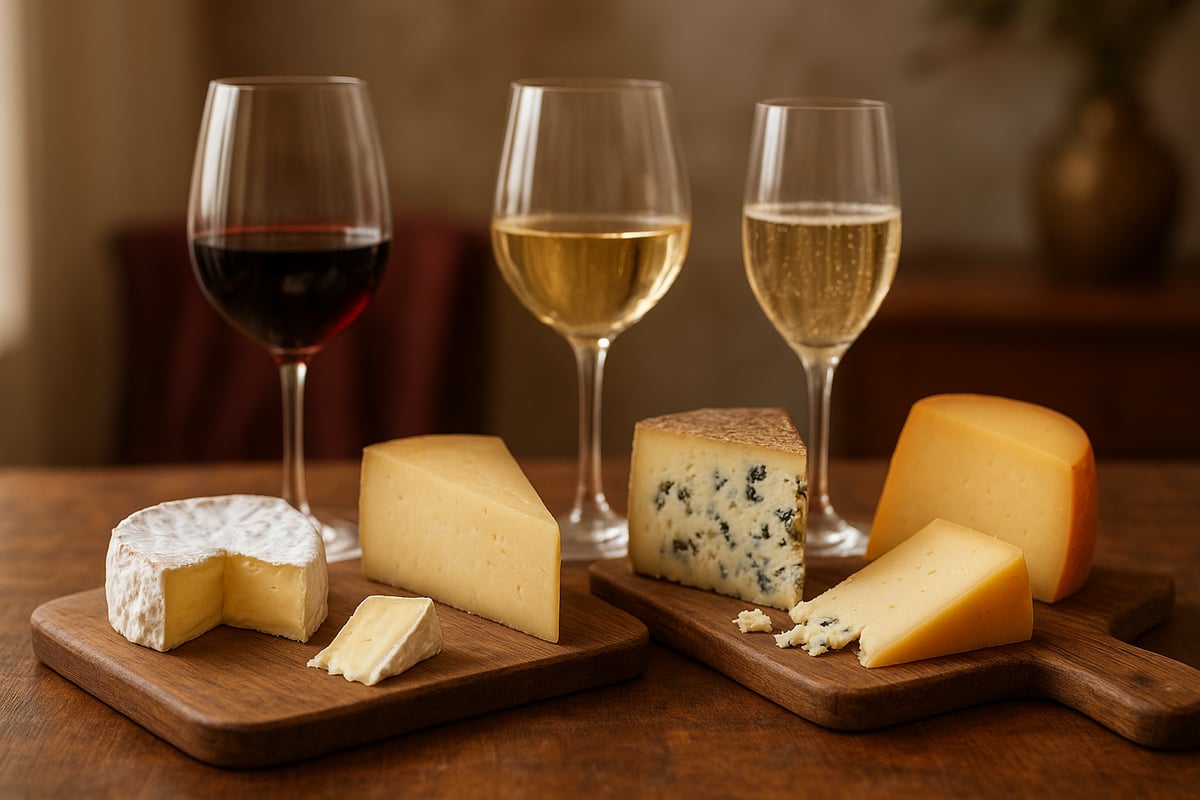
Why Pair Cheese and Wine?
Cheese and wine tasting is a tradition that spans centuries and continents. Ancient Greeks and Romans enjoyed both at feasts, while French and Italian cultures elevated pairing into an art. This practice is not just cultural, but also scientific.
The interplay of fats, acids, tannins, and proteins forms the heart of cheese and wine tasting. Cheese contains rich fats and proteins, while wine brings acidity and tannin. When paired thoughtfully, these elements interact to balance and enhance flavors. For instance, the creaminess of Brie finds balance in the crisp bubbles of Champagne. The nutty notes of Manchego are complemented by the fruitiness of Tempranillo.
Sensory satisfaction is key to cheese and wine tasting. Aroma, texture, and taste are amplified when a pairing is harmonious. In fact, research shows that 80% of guests believe pairings elevate their enjoyment (Spoonabilities). Classic combinations like Brie with Champagne or Gorgonzola with Port are popular for good reason.
Misconceptions persist, such as the belief that red wine always matches best with cheese. In reality, some reds clash with creamy cheeses, while whites or sparkling wines often provide a better match. Palate fatigue is another consideration. Without careful pairing, repeated strong flavors can dull the senses. Proper pairings keep the cheese and wine tasting experience lively and engaging.
Scientific advances are now shaping how experts approach pairings. For those interested in the data-driven side, tools like WineGraph: A Graph Representation For Food-Wine Pairing use large datasets to recommend optimal combinations based on flavor chemistry.
Key Principles for Successful Pairings
A successful cheese and wine tasting relies on a few guiding principles. First, match the intensity of flavors. Bold cheeses call for robust wines, while delicate varieties shine with lighter wines.
Texture is equally important. Creamy cheeses such as Camembert benefit from the crispness of a sparkling wine, while hard cheeses like Parmigiano-Reggiano stand up to structured reds.
Balancing salt and sweetness is a classic strategy in cheese and wine tasting. Salty blue cheese paired with a sweet Port creates a harmonious contrast. Regional pairings, such as French goat cheese with Sancerre, often work beautifully because local flavors have evolved together.
Acidity acts as a bridge, cleansing the palate after rich cheeses and preparing the taste buds for the next bite. Temperature also shapes the experience: serve cheeses at room temperature and wines at their optimal range to unlock their full aromatic and flavor potential.
Here is a summary table of classic pairing principles:
| Principle | Cheese Example | Wine Example |
|---|---|---|
| Match Intensity | Gruyère | Pinot Noir |
| Balance Texture | Brie | Champagne |
| Salt & Sweet | Roquefort | Sauternes |
| Regional Match | Manchego | Tempranillo |
| Use Acidity | Burrata | Sauvignon Blanc |
By following these guidelines, cheese and wine tasting becomes both an art and a science, ensuring every bite and sip is layered with complexity and enjoyment.
Essential Cheese and Wine Types for Tasting in 2025
Exploring the essential cheese and wine types is the foundation of a memorable cheese and wine tasting in 2025. A thoughtful selection introduces guests to the wide spectrum of textures, flavors, and aromas. By combining classic categories with trending options, you create a tasting experience that is both timeless and fresh.
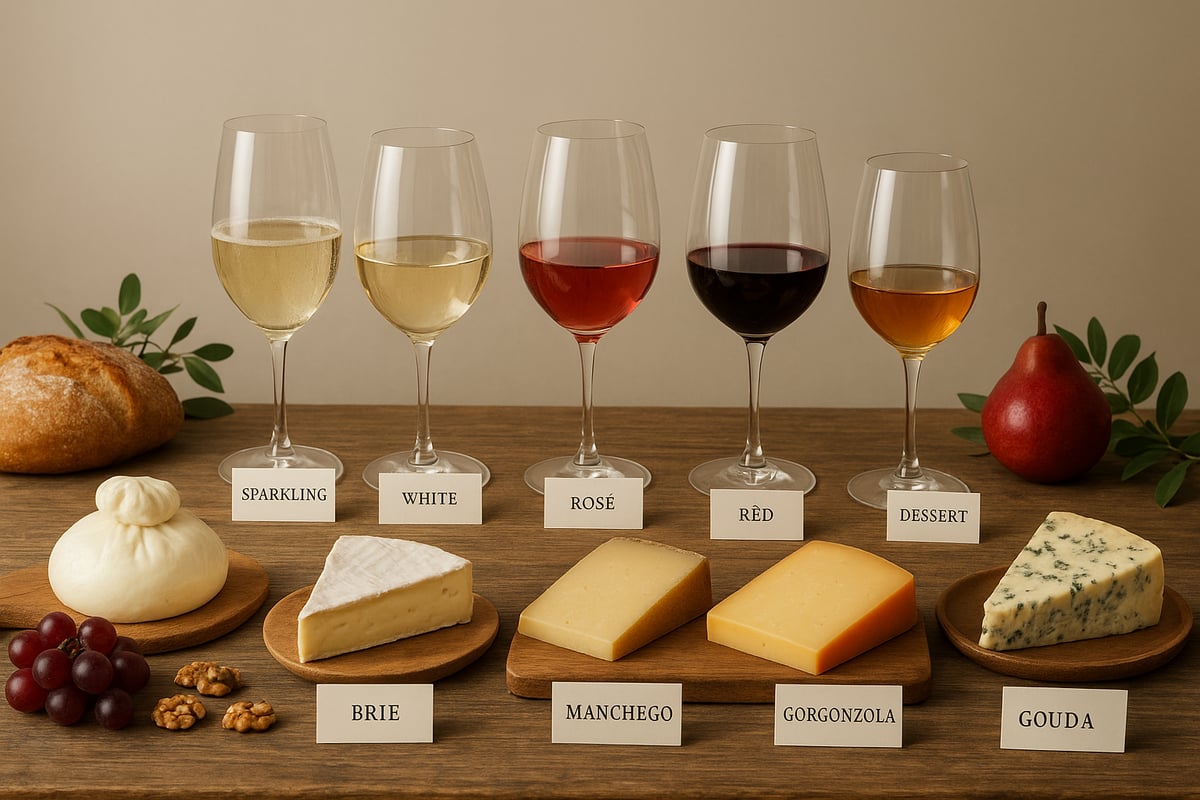
Cheese Categories to Include
A successful cheese and wine tasting in 2025 begins with a diverse cheese board. Include a range of styles to highlight different textures and flavors:
- Fresh Cheeses: Mozzarella and burrata are light and milky. They shine when paired with sparkling wines or crisp whites, making them ideal for the first course of your cheese and wine tasting.
- Soft-Ripened Cheeses: Options like Brie and Camembert offer creamy textures and earthy notes. These pair beautifully with Champagne or an unoaked Chardonnay.
- Semi-Soft Cheeses: Havarti and Fontina are mild and buttery, offering versatility with both white and red wines.
- Semi-Hard Cheeses: Manchego and Gruyère have nutty, firm qualities. They are excellent with medium-bodied reds such as Tempranillo or Pinot Noir.
- Hard/Aged Cheeses: Parmigiano-Reggiano and aged Gouda bring intense, crystalline flavors. Bold reds or sweet dessert wines complement these powerful profiles.
- Blue Cheeses: Gorgonzola and Roquefort are pungent and salty, best enjoyed with sweet or fortified wines.
To help visualize pairings, use a simple table:
| Cheese Type | Example | Ideal Wine Pairing |
|---|---|---|
| Fresh | Burrata | Prosecco, Sauvignon Blanc |
| Soft-Ripened | Camembert | Champagne, Chardonnay |
| Semi-Soft | Havarti | Pinot Gris, Merlot |
| Semi-Hard | Gruyère | Pinot Noir, Tempranillo |
| Hard/Aged | Aged Gouda | Cabernet Sauvignon, Port |
| Blue | Roquefort | Sauternes, Tawny Port |
Offering a range of these cheeses ensures your cheese and wine tasting appeals to every palate.
Wine Varietals and Styles to Feature
Selecting the right wines is just as important for a balanced cheese and wine tasting. Each wine style brings unique characteristics that can elevate the flavors of your cheese selections.
- Sparkling Wines: Champagne and Prosecco are known for their refreshing acidity. They cleanse the palate and pair well with soft and creamy cheeses.
- White Wines: Varietals like Sauvignon Blanc, Chardonnay, and Riesling are aromatic and crisp. Each complements different cheese textures, from delicate to robust.
- Rosé: Dry and fruity rosé bridges the gap between white and red wine, making it a flexible choice for mixed boards.
- Red Wines: Pinot Noir, Cabernet Sauvignon, and Syrah offer varying levels of tannin and body. These reds pair best with semi-hard and hard cheeses, balancing richness and structure.
- Dessert/Fortified Wines: Port and Sauternes bring sweetness that harmonizes with salty blue cheeses and aged varieties.
When planning your cheese and wine tasting, include at least one option from each category. This diversity not only enhances the sensory experience but also encourages guests to discover new favorite pairings.
Trending Pairings for 2025
Cheese and wine tasting in 2025 is being shaped by global influences and a spirit of innovation. Enthusiasts are embracing unique combinations inspired by international cuisines and dietary preferences.
Emerging trends include pairing sake with fresh cheeses for a light, umami-rich experience. Orange wines—white wines fermented with grape skins—are now popular with washed-rind cheeses, offering bold flavors and complex textures. In 2024, 65% of tasting events featured non-traditional pairings, reflecting a growing appetite for experimentation.
Plant-based and vegan cheeses are gaining traction, especially when matched with organic or natural wines. This aligns with a broader shift toward sustainability and wellness in cheese and wine tasting. For further insight into how plant-based dining is influencing wine pairings and other innovations, explore the Global Food Trends Redefining How We Wine and Dine in 2025.
Finally, regional twists are on the rise, with local cheeses paired alongside indigenous and lesser-known wine varietals. This approach not only supports artisans but also creates a sense of place at your cheese and wine tasting table.
Step-by-Step Guide: How to Host a Cheese and Wine Tasting
Hosting a cheese and wine tasting at home is an engaging way to connect with friends, explore new flavors, and develop your palate. Whether you are planning an intimate gathering or a larger event, a thoughtful approach ensures an experience that is both educational and delightful. With the right steps, your cheese and wine tasting will be memorable for all.

Planning Your Tasting Event
Begin your cheese and wine tasting by defining your event’s purpose. Is it a casual get-together, an educational session, or a celebration? Select a theme that excites you, such as regional specialties, cheese textures, or innovative pairings. Consider your guest list carefully, accounting for dietary needs like vegan or lactose-free options so everyone can participate.
Choose a date and time that allows cheeses to be served at their best. Make a checklist of supplies, including glassware, plates, and utensils. For more helpful ideas, you can review these wine tasting at home tips as you finalize your plan. With clear goals and thoughtful preparation, your cheese and wine tasting will start on the right note.
Curating the Cheese and Wine Selection
Select a balanced lineup of four to six cheeses, reflecting a range of textures and milk types—cow, goat, and sheep. Fresh cheeses pair with crisp whites or sparkling wines, while hard aged varieties suit bold reds or sweet wines. Opt for quality by sourcing from local producers or specialty shops when possible.
Match each cheese with a wine that complements its character. Consider including both classic and trending styles for variety. This approach creates a cheese and wine tasting that is both approachable and exciting for your guests.
Setting Up the Tasting Table
Arrange cheeses on a large board or platter, moving from mildest to strongest in a clockwise order. Provide a separate knife for each cheese to preserve their unique flavors throughout the cheese and wine tasting. Add palate cleansers like plain bread, apple slices, or sparkling water to refresh taste buds between pairings.
Label each cheese and wine clearly for easy identification. Ensure the table is organized and inviting, encouraging guests to explore and compare.
Tasting Process: Chronological Steps
Start your cheese and wine tasting with the lightest cheese and wine pairing, then progress to more robust options. Observe the appearance and aroma of each cheese and wine before tasting. Sample the cheese first, then sip the wine, noting how the flavors interact on your palate.
Encourage guests to jot down their impressions or score each pairing. Allow time for everyone to experiment, mixing and matching cheeses and wines to discover personal favorites. This interactive process makes your cheese and wine tasting both educational and fun.
Creating an Inviting Atmosphere
Set the mood with rustic boards, elegant glassware, and soft lighting. Play background music that enhances conversation without overpowering it. Share tasting notes, fun facts, and stories about each cheese and wine to engage your guests.
Provide tasting cards or a simple pairing chart for easy reference. Foster a relaxed environment where everyone feels comfortable sharing opinions and exploring new combinations. With attention to these details, your cheese and wine tasting will be a standout event.
Expert Tips for Savoring Cheese and Wine Like a Pro
Unlocking the full potential of cheese and wine tasting requires more than just the right pairings. Attention to detail, sensory awareness, and a few expert strategies can transform any tasting into a memorable, educational experience.

Mastering the Senses
To truly excel at cheese and wine tasting, engage all your senses. Begin by following the 5 S’s of wine tasting: See, Swirl, Smell, Sip, and Savor. Examine the wine’s color and clarity, then swirl to release its aromas. Inhale deeply before tasting.
Next, observe each cheese’s appearance, texture, and aroma. Let cheese reach room temperature for at least an hour before serving. This unlocks subtle flavors and aromas that are otherwise muted by cold. Before tasting, note the cheese’s color and structure. Is it creamy, crumbly, or firm? These cues guide your expectations for the pairing.
Take a small bite of cheese, allowing it to coat your palate. Then, follow with a sip of wine to experience the interplay of flavors and textures. Reflect on how acidity, creaminess, and saltiness interact. Mastering these steps heightens every cheese and wine tasting.
Avoiding Common Pitfalls
Even experienced hosts can stumble into common cheese and wine tasting mistakes. Avoid pairing tannic red wines with creamy cheeses, as this often leads to a clash in texture and flavor. Instead, match tannic reds with harder cheeses for better harmony.
Serving wines at incorrect temperatures can diminish their character. Whites should be cool but not icy, while reds should be slightly below room temperature. Use a thermometer if needed for accuracy.
Skip overpowering accompaniments that mask the delicate notes in both cheese and wine. Strongly flavored foods, like bell peppers or spicy condiments, can overwhelm even the best pairings. Stick to neutral palate cleansers such as plain crackers or apples during your cheese and wine tasting.
Enhancing the Experience
Elevate your cheese and wine tasting with thoughtful accompaniments and creative pairings. Offer a selection of nuts, honey, fruit preserves, and artisanal breads. These additions complement a range of cheeses and highlight unique wine notes.
Encourage guests to experiment with unconventional combinations, such as Chardonnay with blue cheese or Riesling with spicy varieties. Provide tasting cards or a pairing chart so everyone can record impressions and favorite pairings.
A well-organized table, clear labels, and proper glassware contribute to a seamless cheese and wine tasting experience. Small details make each event distinctive and enjoyable for every participant.
Learning from the Pros
Take your cheese and wine tasting skills to the next level by seeking expert guidance. Consider booking a guided tasting with a local sommelier or cheese specialist. These professionals offer insights on pairing logic, regional traditions, and sensory evaluation.
Virtual tastings have become increasingly popular, connecting enthusiasts with experts from around the world. For those interested in structured learning, exploring Wine tasting course insights can provide foundational knowledge and advanced tips.
Learning from professionals ensures that each cheese and wine tasting becomes a journey of discovery. Incorporating their advice will refine your palate and deepen your appreciation for these timeless pairings.
Latest Trends and Innovations in Cheese and Wine Pairings for 2025
The world of cheese and wine tasting is evolving rapidly in 2025, offering enthusiasts new ways to explore and enjoy classic pairings. As global influences, sustainability, technology, and health-conscious choices shape the landscape, hosts and guests alike can savor experiences that are more diverse, inclusive, and memorable than ever before.
Global Fusion Pairings
One of the most exciting developments in cheese and wine tasting is the rise of global fusion pairings. Asian-inspired matches, such as sake with fresh cheeses, are gaining popularity for their delicate balance of flavors. Spicy cheeses are now frequently paired with off-dry Riesling, creating a harmonious contrast of heat and sweetness.
Cross-cultural boards are trending as well. Imagine Spanish Manchego served with South American Malbec, blending regional traditions for a unique tasting experience. This global approach invites guests to explore flavors beyond classic combinations, keeping every cheese and wine tasting dynamic and fresh.
Sustainable and Local Choices
Sustainability is at the forefront of cheese and wine tasting in 2025. More producers are turning to organic, biodynamic, and natural wines, while small-batch, artisanal cheeses from micro-creameries are in demand. These choices reflect a growing desire to support local economies and reduce environmental impact.
For deeper insights into how sustainability is shaping the industry, see Wine Trends in 2025: Premiumization, Sustainability, and Innovative Transformation. Choosing local and eco-friendly options not only enhances your cheese and wine tasting but also contributes to a better future for all.
Technology and Virtual Tastings
Technology is transforming the cheese and wine tasting experience. Virtual cheese and wine classes are connecting global audiences, making expert-led sessions accessible from anywhere. Digital tasting apps now allow guests to record notes, compare pairings, and receive personalized recommendations in real time.
These innovations streamline the process and encourage broader participation. Whether you are hosting at home or joining an online event, technology ensures that cheese and wine tasting in 2025 remains interactive and educational.
Health-Conscious Options
Health-conscious choices are reshaping cheese and wine tasting events. Plant-based cheeses are increasingly popular, offering delicious alternatives for vegans and those with dietary restrictions. Low-alcohol and alcohol-free wines are also making their mark, catering to guests who want to enjoy the ritual without overindulgence.
Data from Spoonabilities shows a 30 percent increase in vegan cheese tasting events in 2024. These trends ensure that cheese and wine tasting is accessible and enjoyable for everyone, regardless of lifestyle or preference.
Experiential Tastings
Experiential tastings are redefining what it means to host a memorable cheese and wine tasting. Themed events, such as blind tastings or sensory challenges, engage guests in new and interactive ways. Some hosts now incorporate charcuterie, chocolate, or even coffee to expand the flavor journey.
Food-pairing competitions and seasonal boards are also on the rise, creating a playful atmosphere. By embracing these innovations, your next cheese and wine tasting can become a true celebration of creativity and discovery.
Pairing Cheese and Wine: Regional Highlights and Real-World Examples
Exploring the world of cheese and wine tasting through regional pairings is a journey that reveals the deep connections between local traditions and flavor harmony. Every region brings its own signature combinations, inviting you to experience the essence of place with each bite and sip.
Classic European Pairings
Europe offers some of the most celebrated cheese and wine tasting experiences, rooted in centuries-old traditions. French classics such as Brie paired with Champagne and Roquefort with Sauternes exemplify how textures and flavors can be perfectly matched. In Italy, Parmigiano-Reggiano with Chianti and Taleggio with Barbera highlight the synergy of local ingredients and time-honored winemaking.
Spain shines with Manchego and Tempranillo or Mahón with Cava, each duo reflecting regional terroir. These pairings not only delight the palate but also tell a story of the land and its people. For more on the ties between regional wines and their cultural roots, visit Discover Italian wine culture.
New World Inspirations
The New World is redefining cheese and wine tasting with bold, innovative combinations. California’s aged Cheddar with Zinfandel delivers a robust flavor profile, while creamy goat cheese finds a refreshing partner in Sauvignon Blanc. Australian producers excel with blue cheese paired with Botrytis Semillon, offering a sweet-savory interplay.
These regions experiment with local varietals and artisanal cheeses, often drawing inspiration from their European counterparts. By embracing unique terroirs, New World destinations create memorable cheese and wine tasting moments that stand out for their creativity and vibrancy.
Local and Seasonal Pairings
Cheese and wine tasting is most authentic when you choose local wines and regional cheeses. This approach not only supports small producers but also enhances the harmony of flavors. In spring, opt for fresh goat cheese, while winter calls for aged hard cheeses. Seasonal boards keep your tasting events fresh and relevant throughout the year.
Example Tasting Menu
A well-balanced cheese and wine tasting menu might include:
- Burrata & Prosecco
- Camembert & Chardonnay
- Gruyère & Pinot Noir
- Aged Gouda & Tawny Port
This selection offers a progression from delicate to bold, ensuring a dynamic tasting experience for every palate.
Data-Driven Insights
Recent data shows that 70% of cheese and wine tasting event attendees prefer regional pairings for their authenticity and depth of flavor. Virtual tastings have also grown, expanding access to global cheese and wine experiences and inspiring new combinations. These trends highlight the evolving landscape of cheese and wine tasting, where tradition and innovation meet to create unforgettable moments.
Cheese and Wine Tasting Etiquette and Best Practices
Mastering cheese and wine tasting etiquette elevates every event from enjoyable to unforgettable. Attention to detail, presentation, and thoughtful hosting ensure guests savor each sip and bite. Let’s explore the essential best practices that make every cheese and wine tasting both polished and memorable.
Serving and Presentation Guidelines
For a refined cheese and wine tasting, serve cheeses at room temperature and wines at their recommended serving temperatures. Arrange cheeses with clear labels and provide a separate knife for each to preserve flavor integrity.
A well-organized table invites guests to explore confidently. For more on innovative etiquette and fusion pairings, see The Art of Wine Pairing: Mastering Flavor Combinations in 2025. Attention to these presentation details enhances your cheese and wine tasting from the very first impression.
Portioning and Timing
Ideal portioning prevents palate fatigue and waste. Offer 30–50 grams of each cheese per guest, and allow 10–15 minutes per pairing to encourage thoughtful tasting.
Pacing is critical in cheese and wine tasting. This approach lets flavors linger and gives everyone time to appreciate complex pairings. Taking breaks between tastings also keeps the palate fresh for each new experience.
Palate Cleansers and Accompaniments
To fully appreciate each cheese and wine tasting, offer neutral palate cleansers like plain crackers, apple slices, or sparkling water. Complementary accompaniments, such as nuts, dried fruits, and artisan breads, add variety without overwhelming the senses.
Keep accompaniments simple to let the featured flavors shine. A well-chosen selection supports the tasting experience instead of competing with it.
Encouraging Exploration and Discussion
Foster an open, relaxed environment where guests feel comfortable sharing opinions about each cheese and wine tasting. Use tasting cards or digital apps to help everyone record impressions and learn from one another.
Interactive discussion deepens enjoyment and builds confidence in personal preferences. The best cheese and wine tasting events encourage experimentation and lively conversation.
Safety and Storage
Keep food safety top of mind. Soft cheeses should not sit out for more than 2–4 hours, while hard cheeses can remain at room temperature for up to 8 hours. Store any leftovers in airtight containers and refrigerate promptly to maintain quality.
Proper wine storage also preserves aroma and flavor for future enjoyment. These simple precautions protect both taste and guest health.
Hosting Tips for Memorable Events
Personalize your cheese and wine tasting with themed décor, regional music, or stories about the origins of each selection. Highlighting local pairings, such as referencing Wine in Tuscany, Italy, can inspire guests and spark conversation.
Encourage everyone to discover new favorites and share their tasting notes. A welcoming atmosphere, thoughtful details, and engaging storytelling transform your gathering into a truly memorable occasion.
After exploring the essential principles of cheese and wine pairing and discovering how the right combinations can elevate every tasting, why not take your next step from reading to experiencing it firsthand At Tenuta Golo in the heart of Montepulciano, you can immerse yourself in the world of fine Nobile di Montepulciano DOCG wines, savor artisanal cheeses, and enjoy the warmth of true Tuscan hospitality Treat yourself to a memorable journey through flavor and tradition—crafted with care and expertise


